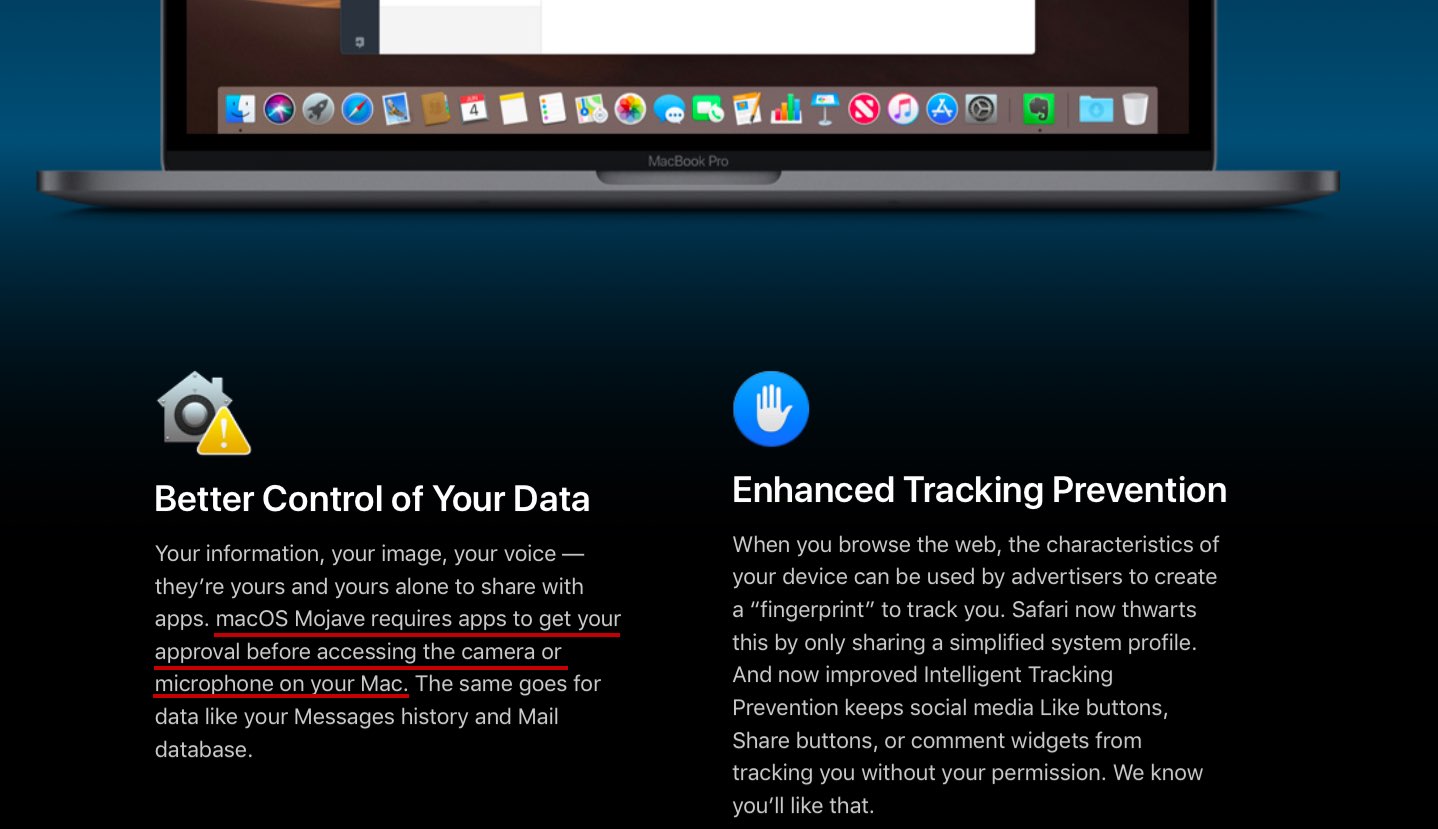Global Replace Text Color In Word For Mac

How To Replace Text Color In Html
My husband wanted to select a long column of text and find any text that was inside square brackets and reformat it so that the text — and the square brackets — was 4 pt and blue (no, I don’t know why either). This is an ideal job for using wildcards in Word’s find and replace. However, square brackets are special characters in wildcard searches, so they have to be treated differently. With some help from and a bit of trial and error, I figured it out.
To globally replace one style with another using Find & Replace, do the following: Click the Home tab and then click Replace in the Editing group. When was the most recent chrome update for mac. In Word 2003, Replace is on the Edit menu.
Support Communities / Mac OS & System Software / OS X Yosemite. Announcement: Upgrade to macOS Mojave With features like Dark Mode, Stacks, and four new built-in apps, macOS Mojave helps you get more out of every click. 
I explain what all the settings mean after these steps, if you’re interested. Meantime, here’s my solution, which works in all versions of Word: • Select the text you want to change (e.g. Entire document, selected paragraphs, selected columns or rows of a table). • Press Ctrl+H to open the Find and Replace dialog box.
• Click the More button. • Select the Use wildcards check box. • Put your cursor into the Find what field. • Type the following exactly (or copy it from here): ( [)(*)( ]) • Go to the Replace with field and type: 1 2 3 • Click the Format button, and select Font. • On the Font dialog box change the settings to what you want — in my husband’s case, this was 4 pt and blue — then click OK. Your Find and Replace dialog box should now look like this.
Replace Text Color In Photoshop
Find and reformat text inside square brackets • Click Replace All. • Once all replacements have been made, check that you got what you expected before making further changes to the document. If it’s all OK, save your document with the new changes. Typing a document on mac. What it all means The three elements of the Find are: • ( [) — You need to find a specific character (the opening square bracket), so you need to enclose it in parentheses. However, because the square brackets are special wildcard characters in their own right, you need to tell Word to treat them as normal text characters and not as special characters, so you put in a backslash ‘ ‘ (also known as an ‘escape’ character) before the [.





